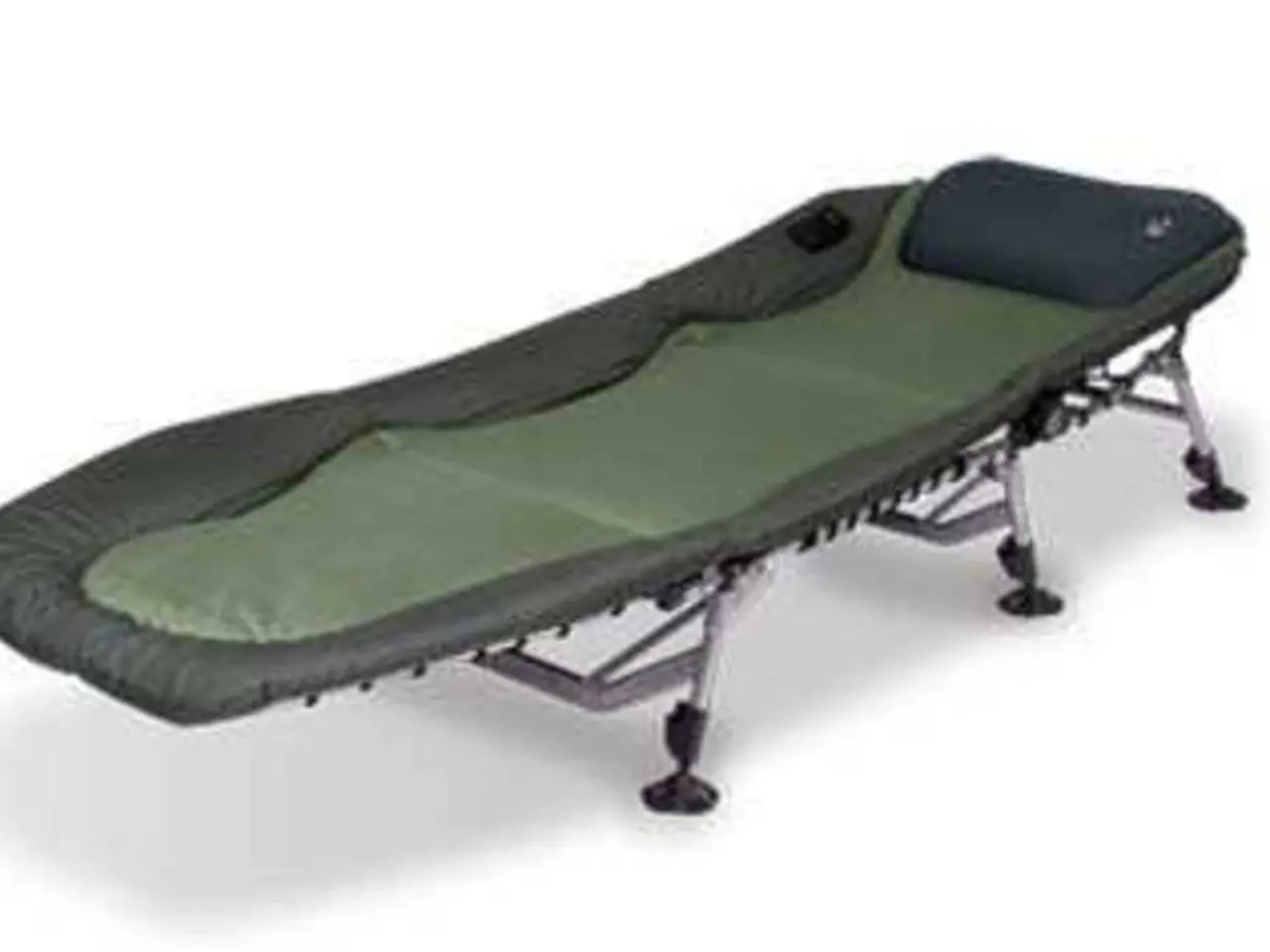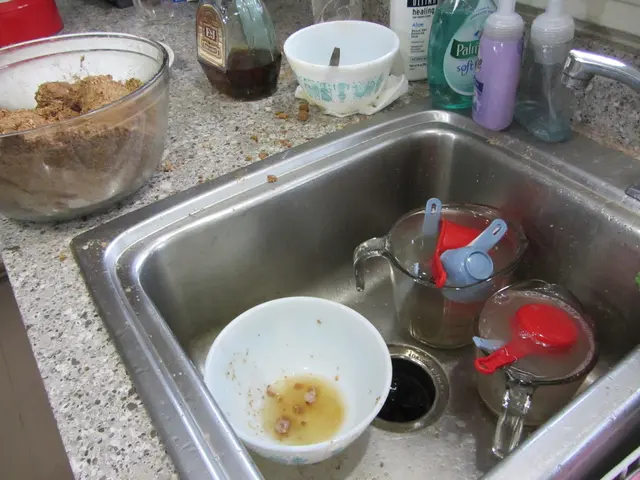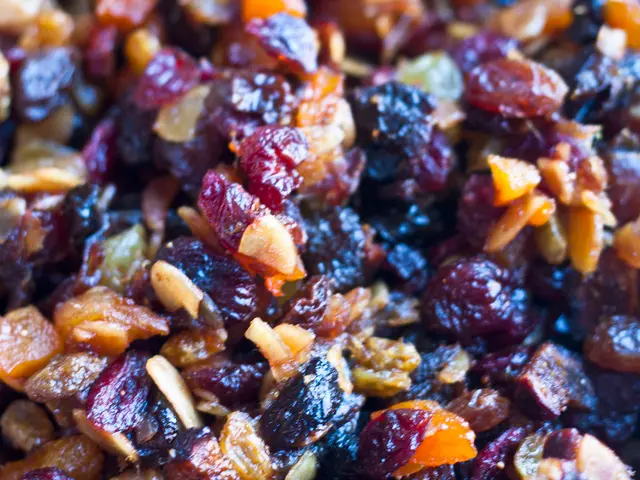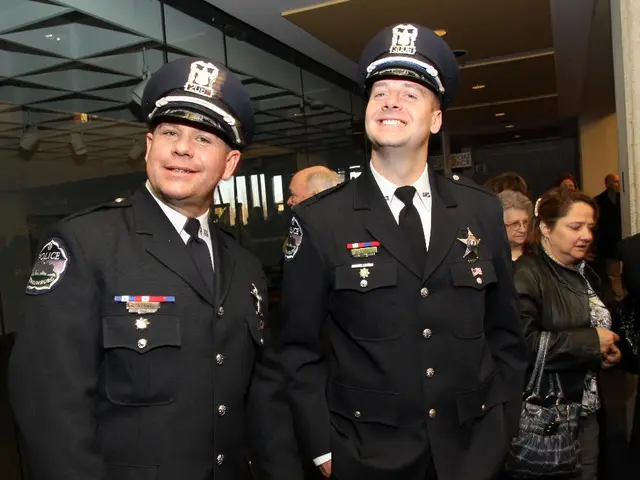Strengthening ankle exercises: Possible approaches and advantages
In the pursuit of maintaining a healthy and active lifestyle, it's crucial not to overlook the importance of ankle health. A strong and flexible ankle can significantly reduce the risk of injuries, improve balance, and even contribute to better bone density. Here are some recommended exercises to help you achieve these benefits.
Firstly, toe raises are a simple yet effective exercise for stretching the muscles in the ankles. By standing on a slightly raised platform and rising onto your toes, you can work on your ankle flexibility.
Ankle circles, another essential exercise, involve sitting with legs extended and rotating your ankle clockwise and counterclockwise. This simple movement enhances ankle joint mobility and reduces stiffness, making it an ideal exercise for those with tight or stiff ankles.
Toe tapping, while seated, involves tapping your toes on the ground with heels stationary. This exercise strengthens the anterior tibialis muscle, important for ankle stability. Calf raises, where you stand with feet shoulder-width apart, raise your heels off the ground, then lower them slowly, target the calf muscles that support the ankle.
Ankle rolls, a more dynamic exercise, involve rolling your ankles outward lifting the arch of the foot, then reversing to collapse the arch. This exercise enhances ankle mobility and coordination, particularly when combined with movements that engage the glutes.
The straight-leg ankle matrix is a more advanced exercise that targets ankle mobility in multiple planes. It involves standing facing a wall for support, planting one foot behind with heel down and foot aimed straight ahead.
Isometric holds, such as wall sits or planks, may not directly target the ankle, but they support ankle stability indirectly by strengthening surrounding muscles involved in posture and balance.
For a comprehensive approach, programs like HEM Ankle Rehab focus on restoring mobility, building strength and stability, and promoting healing while addressing chronic weaknesses or previous injury instability.
Regarding bone density, weight-bearing and resistance exercises like calf raises and balance training stimulate bone remodelling and strengthening around the ankle joint. Strengthening muscles that load the bone encourages improved bone density through mechanical stress. Active, controlled movements also enhance blood flow and healing capacity in the ankle, supporting long-term joint health.
However, it's essential to remember that those with existing ankle problems should consult a doctor or physical therapist for more tailored information and advice. Incorporating ankle strengthening exercises into a regular workout routine is beneficial for overall ankle health and may even help increase bone density and reduce the risk of degenerative bone diseases.
In conclusion, a combination of ankle mobility drills, strengthening exercises, and stability training can significantly improve ankle health, reduce the risk of injury, and potentially increase bone density around the ankle joint. Regular practice of these exercises can help maintain a strong, flexible, and injury-resistant ankle, essential for an active and healthy lifestyle.
- Maintaining a healthy lifestyle includes focusing on ankle health, as it can reduce the risk of injuries, improve balance, and contribute to better bone density.
- To achieve ankle flexibility, toe raises, where one stands on a slightly raised platform and rises onto their toes, can be a helpful exercise.
- Ankle circles, a simple movement that involves rotating the ankle clockwise and counterclockwise, enhance ankle joint mobility and reduce stiffness.
- For those seeking to strengthen the anterior tibialis muscle for ankle stability, toe tapping while seated is recommended.
- Calf raises, which target calf muscles, are beneficial in promoting bone density around the ankle joint by stimulating bone remodeling and strengthening.
- In addition to ankle exercises, programs like HEM Ankle Rehab focus on restoring mobility, building strength and stability, and promoting healing, making it an ideal comprehensive approach.





